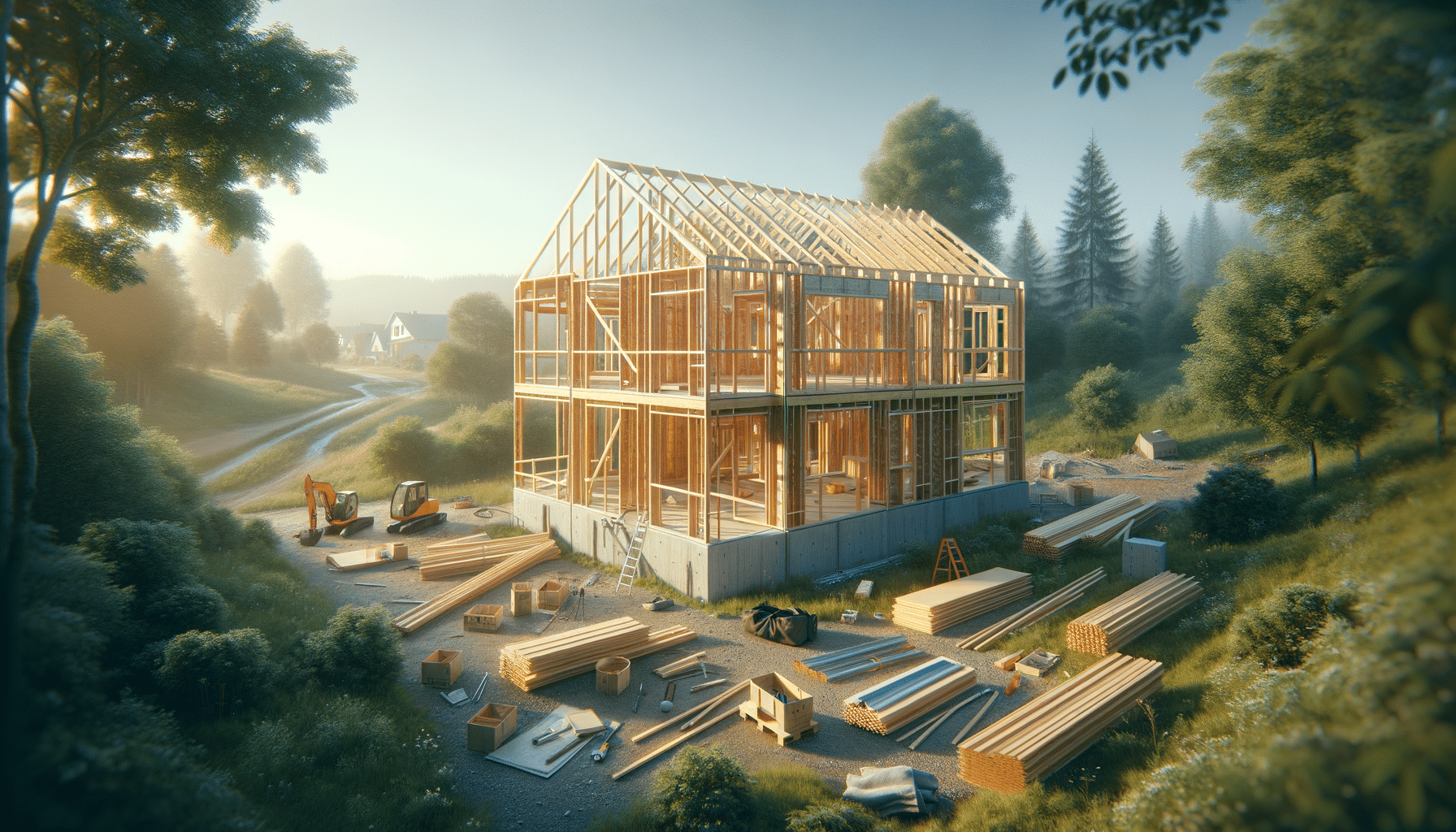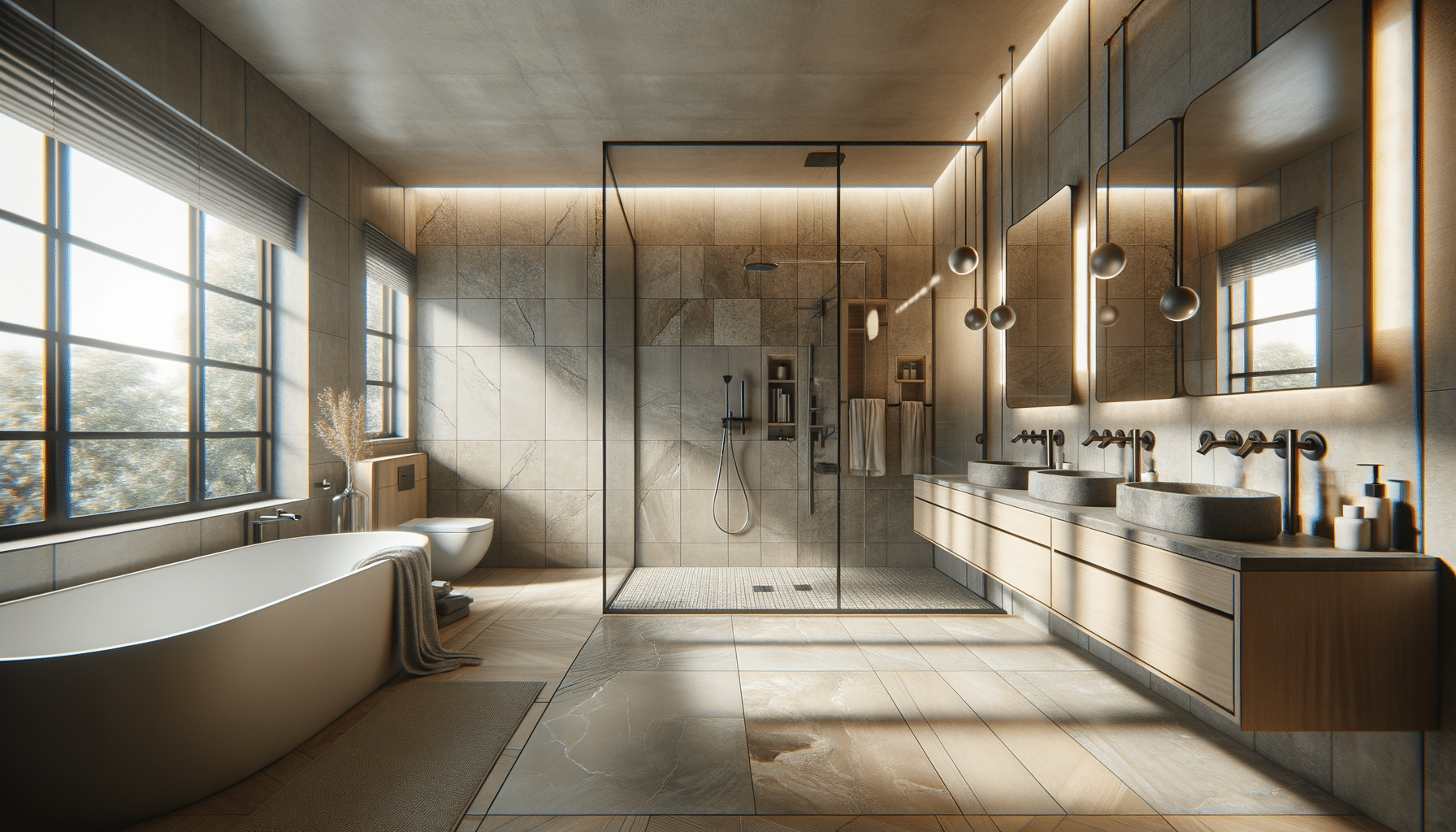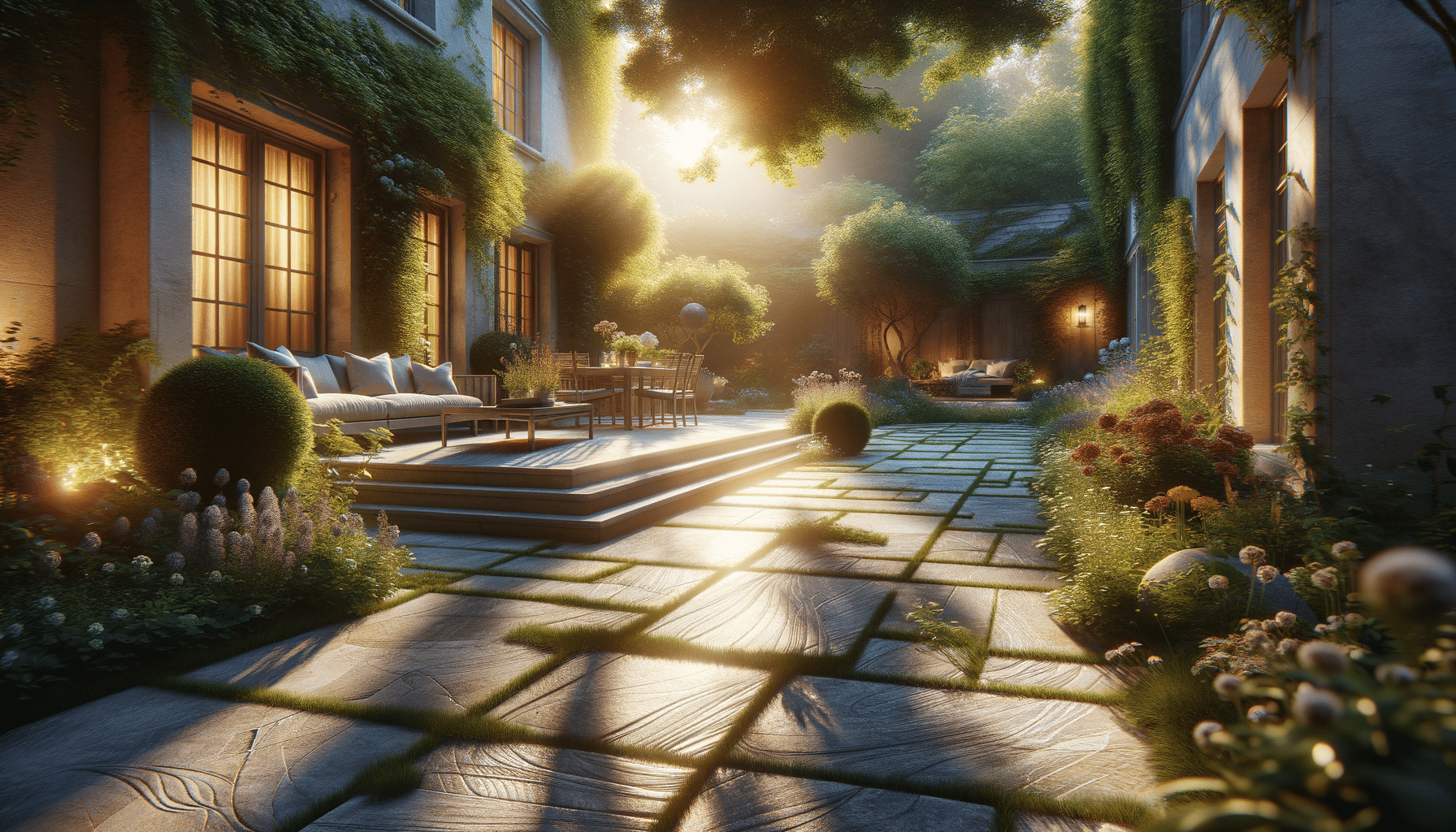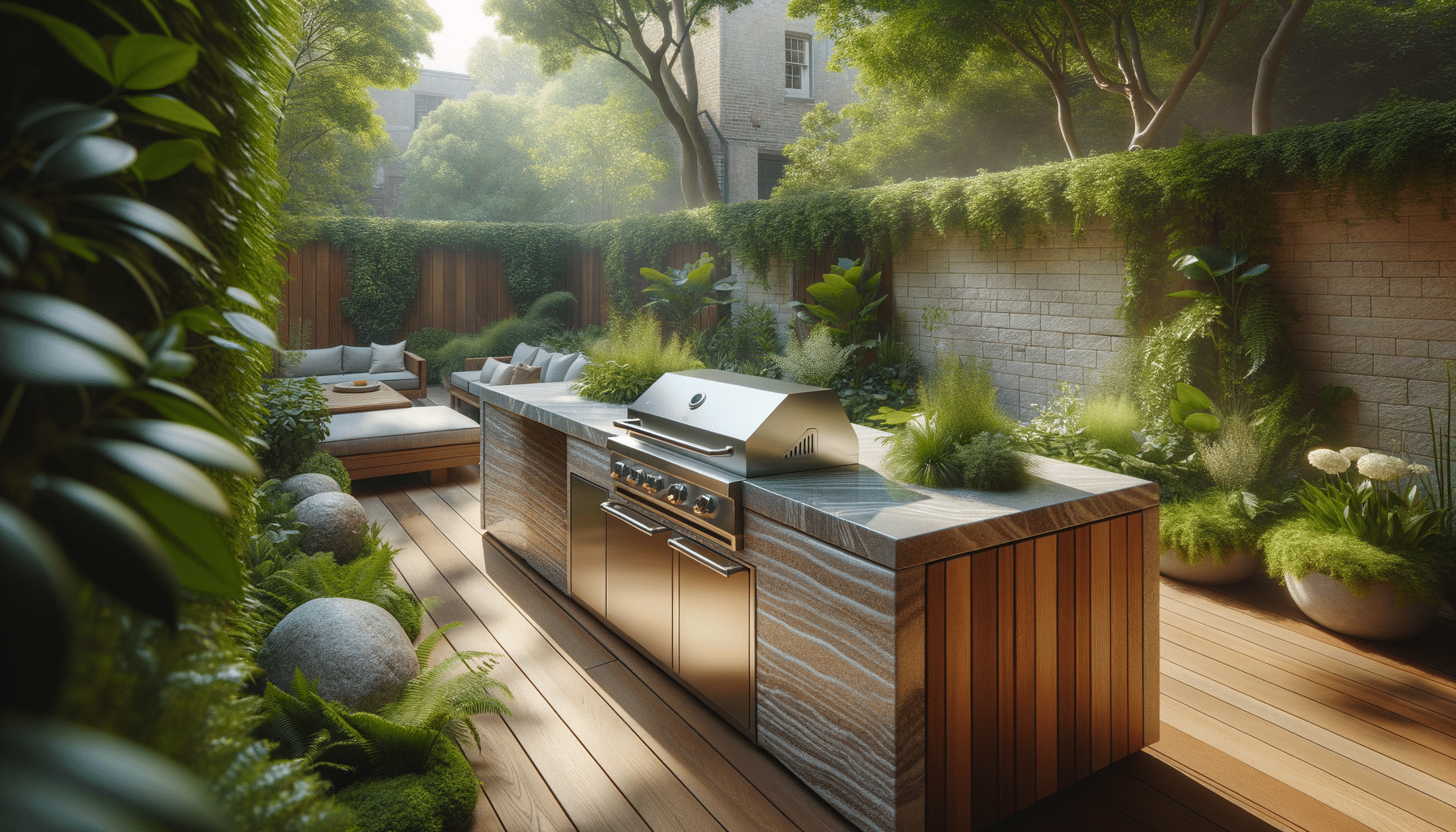
Build Faster, Live Sooner: The Prefab Advantage
Introduction to Prefabricated Houses
Prefabricated houses, often referred to as prefab homes, have revolutionized the construction industry by offering an efficient and cost-effective alternative to traditional home building. These homes are constructed off-site, in a controlled factory environment, and then transported and assembled on the final building site. This method significantly reduces construction time and minimizes waste, making it an increasingly popular choice for modern homeowners. In this article, we will explore the various aspects of prefabricated houses, including their advantages, types, and environmental impact, as well as address common misconceptions.
The Advantages of Prefabricated Houses
Prefabricated houses offer a range of benefits that appeal to a diverse group of homebuyers. One of the most significant advantages is the speed of construction. Since components are manufactured in a factory setting, the process is not subject to weather delays, which often hinder traditional construction projects. This efficiency can lead to cost savings, as shorter construction times reduce labor costs and interest on construction loans.
Another advantage is the quality control inherent in factory production. Each component is built under strict conditions, ensuring precision and reducing human error. This can result in a highly durable and well-insulated home. Additionally, prefab homes are known for their innovative designs, often incorporating sustainable materials and energy-efficient technologies, which can lead to long-term savings on utility bills.
Moreover, prefabricated houses offer flexibility in design. Homeowners can choose from a variety of layouts and finishes, allowing for a personalized touch without the hassle of custom building from scratch. This adaptability makes prefab homes an attractive option for those looking to balance cost, quality, and style.
Types of Prefabricated Houses
There are several types of prefabricated houses, each catering to different preferences and needs. The most common types include modular homes, panelized homes, and manufactured homes.
Modular homes are built in sections, or modules, which are then transported to the site and assembled. These homes are constructed to meet the same building codes as traditional homes and can be customized to a high degree. They offer the advantage of being easily expandable, allowing homeowners to add modules as their needs change.
Panelized homes, on the other hand, are made from pre-constructed wall panels. These panels are assembled on-site, which provides some flexibility in design while maintaining the benefits of factory production. Panelized homes typically require more on-site labor than modular homes but still offer significant time savings over traditional construction.
Manufactured homes, often referred to as mobile homes, are built entirely in a factory and transported to the site as a complete unit. They are typically more affordable than other types of prefab homes but may be subject to different regulations and zoning restrictions.
Environmental Impact of Prefabricated Houses
Prefabricated houses have a favorable environmental impact compared to traditional construction methods. The controlled factory setting allows for more efficient use of materials, resulting in less waste. Additionally, many prefab manufacturers prioritize the use of sustainable materials and energy-efficient technologies, further reducing the environmental footprint.
The reduced construction time also contributes to a lower carbon footprint, as fewer resources are required on-site. Prefab homes are often designed with energy efficiency in mind, incorporating features such as high-quality insulation, energy-efficient windows, and solar panels. These features not only benefit the environment but also result in lower utility bills for homeowners.
Moreover, prefab homes can be designed to take advantage of natural light and ventilation, reducing the need for artificial lighting and air conditioning. This thoughtful design approach underscores the commitment of the prefab industry to sustainability and environmental stewardship.
Addressing Common Misconceptions
Despite their growing popularity, prefabricated houses are often subject to misconceptions. One common myth is that prefab homes are of lower quality than traditionally built homes. However, as previously mentioned, the factory-controlled environment ensures high-quality construction and precision.
Another misconception is that prefab homes lack design flexibility. In reality, modern prefabricated homes offer a wide range of customization options, from layout and finishes to energy-efficient features. Homeowners can work closely with manufacturers to create a home that meets their specific needs and aesthetic preferences.
Finally, some people believe that prefab homes are difficult to finance or insure. While it’s true that there are unique considerations for financing prefab homes, many lenders and insurers recognize the value and quality of these structures and offer competitive options for qualified buyers.
Conclusion: Embracing the Prefab Future
Prefabricated houses represent a significant shift in how we approach home construction. With their numerous advantages, including speed, cost-effectiveness, and environmental benefits, prefab homes are an attractive option for a wide range of buyers. As the industry continues to innovate and address misconceptions, it’s clear that prefabricated houses are not just a trend, but a viable and sustainable solution for the future of housing.
For those considering a new home, exploring the world of prefabricated houses could unveil a world of possibilities that align with modern living needs and environmental consciousness. The future of housing may very well be prefabricated, offering a blend of efficiency, style, and sustainability that traditional methods strive to achieve.


